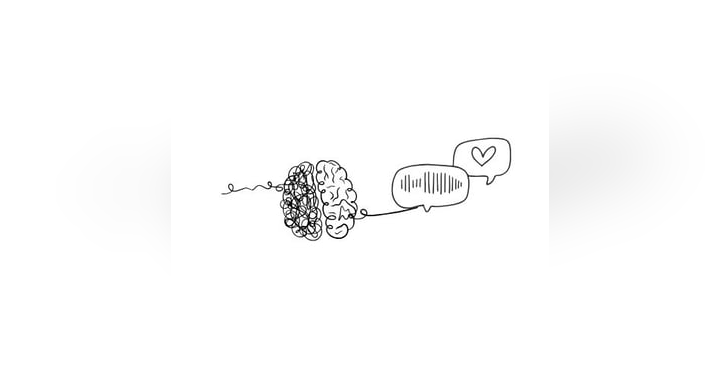The Rhythms of Our Being: Understanding ADHD Stimming and Cricketing
What is Stimming and Cricketing?
Stimming, short for self-stimulatory behavior, refers to repetitive movements or actions that provide sensory input. It's a way for individuals to regulate their sensory experiences and manage internal states. Cricketing, a term often used within the ADHD community, is a specific type of stimming that involves rhythmic tapping, clicking, or other repetitive sounds. While stimming can manifest in various forms, cricketing is often characterized by its audible nature.
Why Do We Stim?
The reasons behind stimming are multifaceted and often rooted in seeking sensory input, managing anxiety, or regulating emotions. Individuals with ADHD may stim to:
- Focus and concentrate
- Reduce anxiety or stress
- Calm themselves down
- Process emotions
- Increase alertness
The Power of Embracing Your Rhythms
It's essential to understand that stimming and cricketing are not inherently problematic. Instead, they are natural expressions of neurodiversity, often reflecting an individual's unique sensory needs and processing styles. Embracing these rhythms as an integral part of who we are can lead to a more authentic and fulfilling life.
Understanding the Needs Behind Stimming
While stimming is a natural behavior, it's crucial to understand its function. Recognizing the needs behind stimming allows us to address them effectively and find alternative coping mechanisms if needed. If stimming interferes with daily life or causes social discomfort, exploring strategies for managing it can be beneficial.
Stimming and Cricketing in Everyday Life
Stimming and cricketing can manifest in various ways, from tapping fingers to clicking pens, swaying to humming, or even twirling objects. While some stimming behaviors may be subtle, others may be more noticeable. It's important to remember that there's no right or wrong way to stim, and each individual finds their own way of regulating their sensory experiences.
Navigating Social Interactions
Social interactions can sometimes be challenging for individuals who stim. It's important to find a balance between honoring your sensory needs and respecting social norms. Strategies like discreet stimming or communicating your needs with others can help create more inclusive and comfortable environments.
Strategies for Managing Stimming
While embracing stimming is crucial, there may be times when managing its intensity or frequency is helpful. Strategies can include:
- Identifying triggers: Recognizing situations or environments that trigger stimming can help develop coping mechanisms.
- Finding alternative outlets: Experimenting with alternative sensory activities, such as fidget toys, sensory objects, or mindful exercises, can provide a substitute for stimming.
- Communicating needs: Openly communicating your need to stim with trusted individuals can foster understanding and create supportive environments.
Supporting a Loved One Who Stims
If you know someone who stims, it's essential to approach their behavior with understanding and empathy. Refrain from judgment or attempts to suppress their stimming. Instead, focus on creating an environment that respects their needs and promotes their well-being.
Reframing the Conversation: From 'Problem' to 'Part of Who We Are'
Shifting our perspective from viewing stimming as a problem to recognizing it as a natural expression of neurodiversity can profoundly impact how we approach and understand it. By embracing our unique rhythms, we can navigate the world with authenticity and celebrate the richness of our neurodiversity.
Conclusion
In this episode of the Women's Mental Health Podcast, we delved into the world of ADHD stimming and cricketing, exploring these rhythms as essential parts of our being. We discussed why we stim, the power of embracing our unique sensory needs, and strategies for managing stimming in ways that support our well-being. Ultimately, understanding and accepting stimming as a natural aspect of neurodiversity can lead to greater self-acceptance, empowerment, and a more fulfilling life. You can listen to the episode here: ADHD Stimming and Cricketing: Embracing Your Rhythms.













